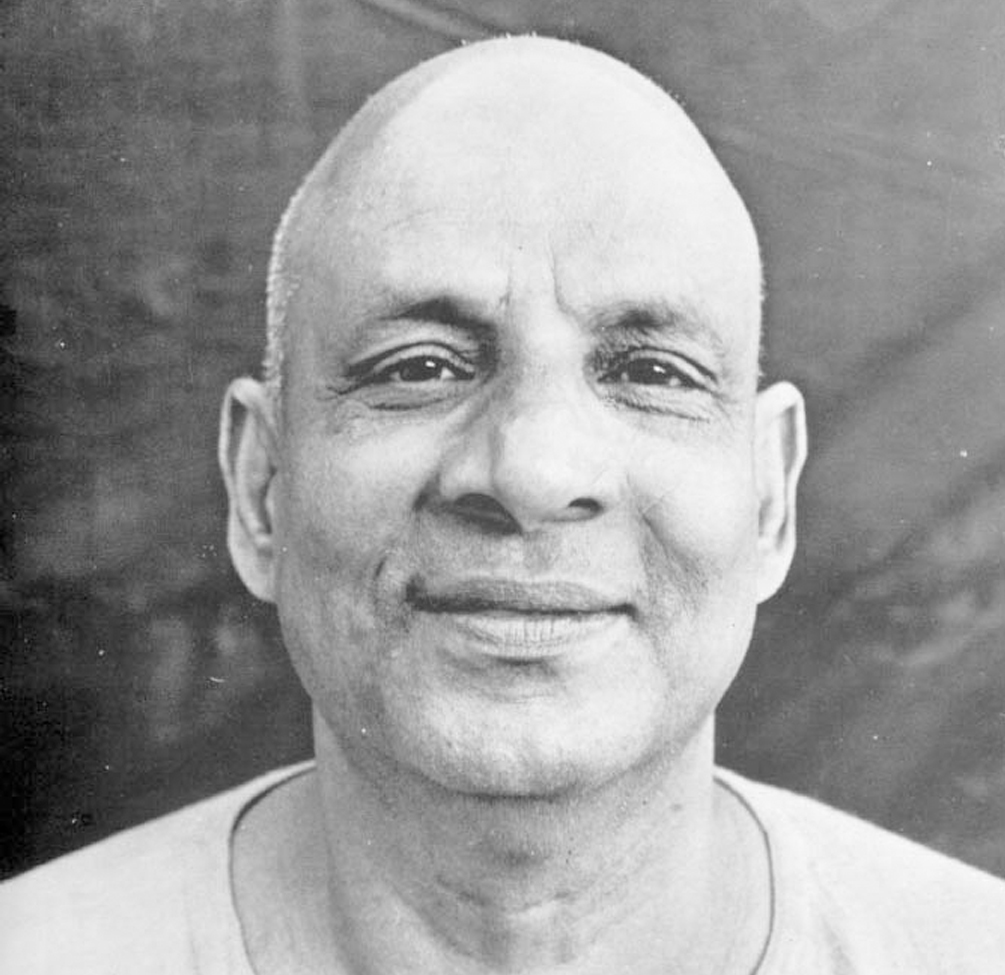 Introduction to Meditation
Introduction to Meditation
What exactly is ‘Meditation’?
At the beginning of his book Concentration and Meditation (1945), Swami Sivananda explains the following:
“Concentration and meditation are the royal roads to perfection.
Concentration leads to meditation. Fix the mind on one object either within the body or without. Keep it there steadily for some time. This is concentration. You will have to practice this daily.
Purify the mind first through the practice of right conduct and then take to the practice of concentration. Concentration without purity of mind is of no avail.
There are some occultists who have concentration. But they do not have good character. That is the reason why they do not make any progress in the spiritual line.
Whosoever has a steady posture and has purified their nerves and the vital sheath through constant practice of pranayama will be able to concentrate easily.Concentration will be intense if you remove all distractions. A true chaste individual who has preserved their energy will have wonderful concentration.
Some foolish, impatient students take to concentration at once without in any manner undergoing any preliminary training in ethics. This is a serious blunder. Ethical perfection is a matter of paramount importance.
You can concentrate internally on any of the seven centers of spiritual energy.Attention plays a very prominent part in concentration. Whosoever has developed their powers of attention will have good concentration.
A man who is filled with passion and all sorts of fantastic desires can hardly concentrate on any subject or object even for a second. His mind will be jumping like an old monkey…”
-Paraphrase from the ‘Introduction’ to Concentration and Meditation (1945) by Swami Sivananda
But how is one to understand the concepts of ‘concentration’ and ‘meditation’ that Sivananda references? Let’s take a look at one of the foundational texts which explains these concepts in more detail.
Meditation as a Step on the Path to Supraconsciousness
In order to discover the meaning or plan behind what Sivananda is saying, let’s look at one of the foundational texts of Yoga, the “Yoga Sutras of Patanjali” .
Written about 2000 years ago, it has been described as a compilation of some of the Wisdom from the East available to the author(s) at that time. The text, attributed to Patanjali (who is also called Gonardiya or Gonikaputra), is said to be a combination of Hindu, Buddhist, and other Philosophies.
It emphasizes the spiritual benefits of Meditation. In fact, it gives 8 Steps of meditation as follows:
- Yama : Avoidances/Restraints (of which 5 are given)
- Niyama : Observances (of which 8 are listed)
- Asana : Posture/Position, the key of which is Relaxation
- Pranayama : Energy-Control, Control of the Prana or Breath
- Pratyahara : Abstraction, Withdrawal from the Senses, or directing one’s attention within
- Dharana : Concentration (Visualization)
- Dhyana : Meditation. Literally it means “contemplation, reflection” as well as “profound, abstract meditation”
- Samadhi/Shamadi : Conscious Experience (Supraconscious State), when things are understood as they really are. Literally it means “putting together, joining, combining with, union, harmonious whole”
These are the 8 main steps we are going to study in order to understand how to progress.
As we can see, Dharana or Concentration is in the second half of the Steps (it is #6). The first half (#1-4) have to do with preparation: how we prepare ourselves to be able to meditate.
The first 2 (Yama & Niyama or Avoidances and Observances) could be considered ‘Right Conduct’ or ‘Ethics’, of which Sivananda says:
Purify the mind first through the practice of right conduct and then take to the practice of concentration.
As well as:
Some foolish, impatient students take to concentration at once without in any manner undergoing any preliminary training in ethics. This is a serious blunder. Ethical perfection is a matter of paramount importance.
Regarding the second 2 (Asana & Pranayama or Posture and Energy-Control), he says:
Whosoever has a steady posture and has purified their nerves and the vital sheath through constant practice of pranayama will be able to concentrate easily.
The next 2 (Pratyahara & Dharana or Abstraction and Concentration) he explains as follows:
Concentration will be intense if you remove all distractions. A true chaste individual who has preserved their energy will have wonderful concentration.
These 6 steps take us to the 7th: Dhyana or Meditation. After which we have the Goal or Aim: Samadhi/Shamadi or Conscious Experience.